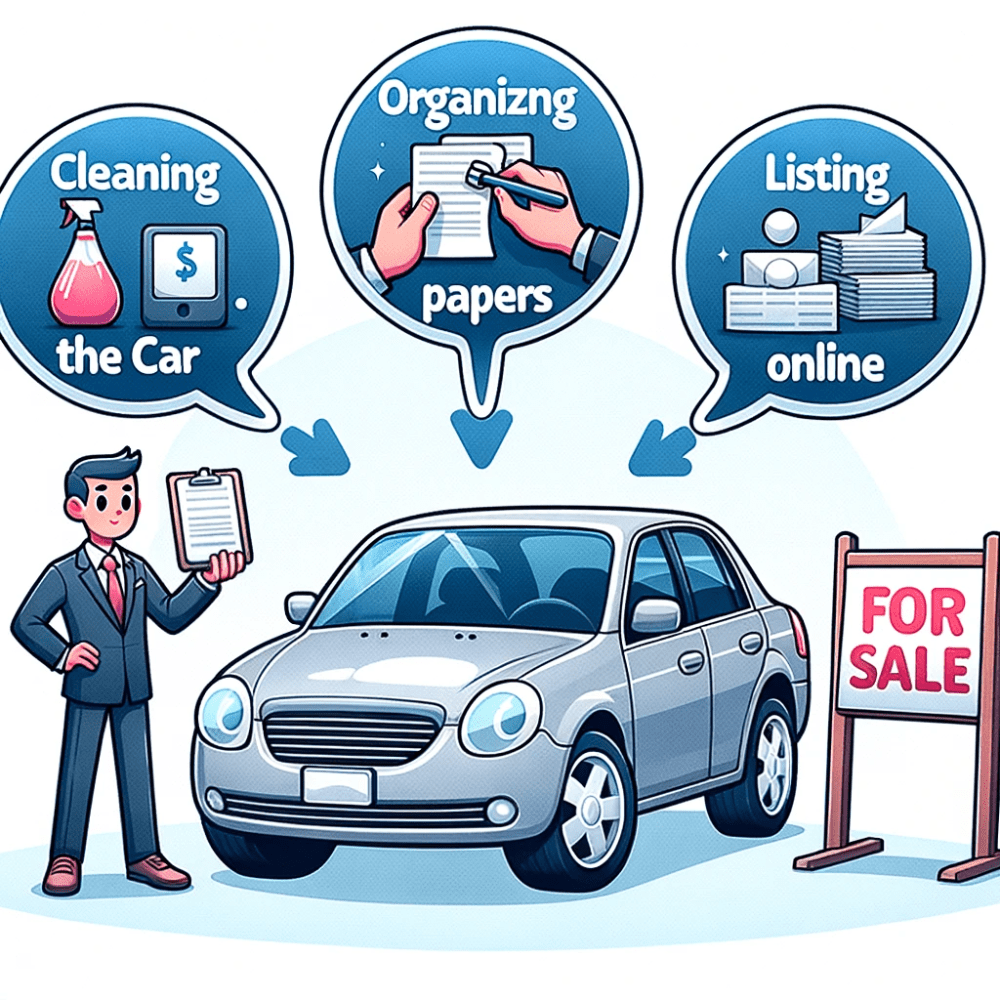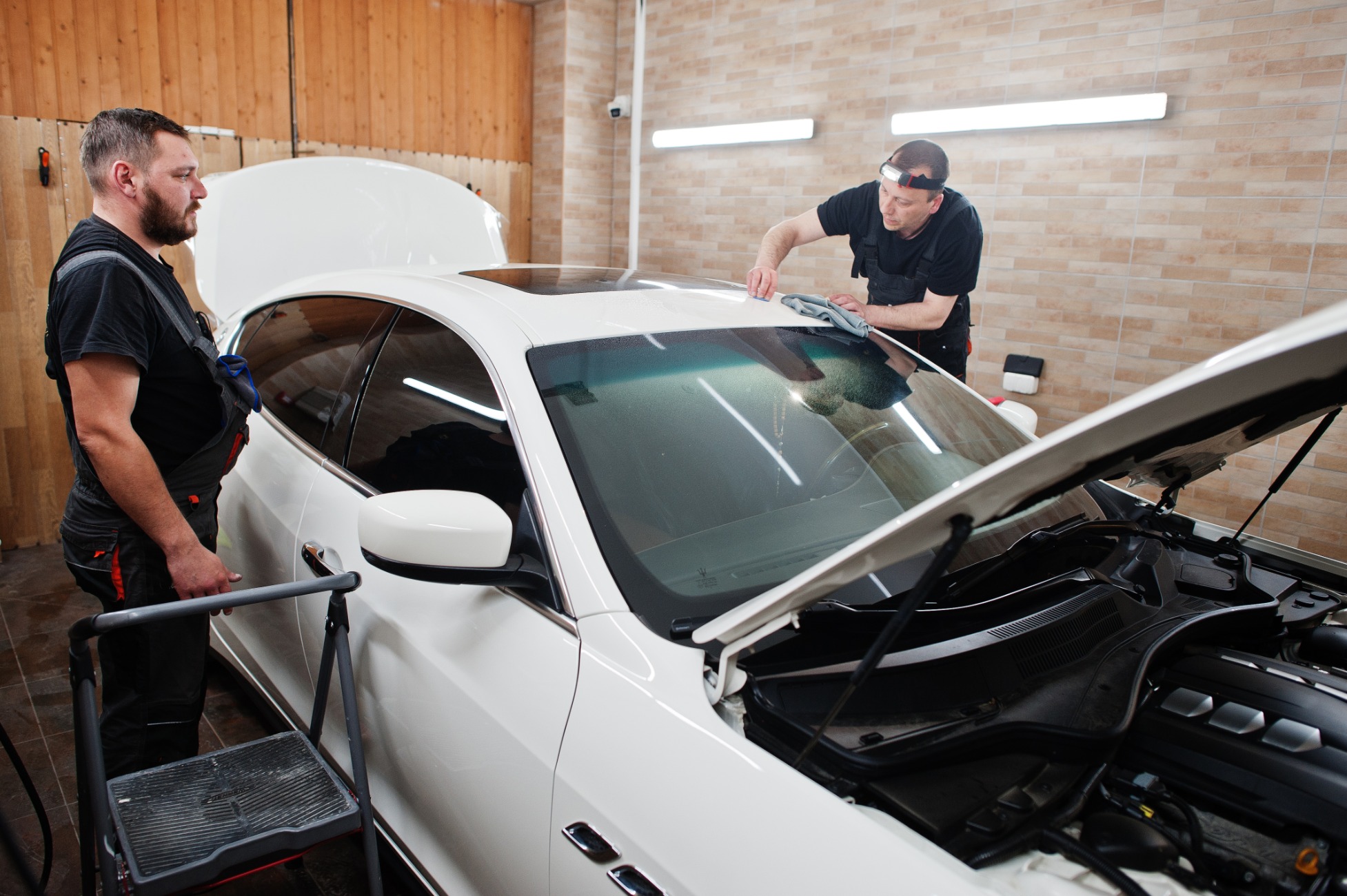Are you saying goodbye to your old faithful car? Before you send it on its final journey to the scrapyard, there are crucial steps you need to take. Don’t worry, it’s not as complicated as it might seem.
In this guide, we’ll walk you through what to do before scrapping your vehicle, and we promise to keep it simple. Whether you’re in the heart of a bustling city or a quiet corner of Australia, this article will ensure you’re prepared for a smooth and responsible farewell to your trusty ride. Let’s get started!
Checking Your Vehicle’s Papers: A Simple Guide
Before scrapping your vehicle, it’s important to sort out its paperwork. Don’t worry; we’ve broken it down into easy steps.
Ensure Vehicle Ownership:
First things first, make sure the car is legally yours. Check your name on the registration papers. If it’s not in your name, you might need to transfer ownership or submit notice of disposal.
Check for Any Unresolved Fines or Tickets:
Outstanding fines or tickets can cause problems. Double-check if there are any unsettled dues connected to your vehicle. Clear them up before you scrap the car.
Gather Important Documents:
Collect all necessary documents related to your vehicle – registration papers, insurance documents, and any service records you might have. Having these in order will smooth out the scrapping process.
Remove Personal Belongings
Before you say goodbye to your old car, make sure to take out all your personal stuff. It’s like cleaning out your room before moving to a new house!
Why It’s Important
You don’t want to lose your favourite sunglasses or important documents, right? Plus, when you’re scrapping your car, you need to remove personal things for safety reasons. It keeps your stuff safe and avoids any problems down the road.
Where to Look for Personal Items
Start by checking the usual spots like the glove compartment, under the seats, and in the trunk. Don’t forget to look in the pockets and hidden nooks.
Safe Storage for Valuables
Find a safe place for your important items. A bag or a box works great. Make sure to keep them in a secure spot so you don’t forget them in your soon-to-be-scrapped car.
Understanding Environmental Regulations
Concern for our environment is more important than ever, even when scrapping a vehicle. Here’s what you need to know:
Environmental Concerns
When it comes to scrapping your vehicle, it’s not just about the car itself; it’s also about protecting the environment. Cars have fluids like oil and coolant that can be harmful if not handled properly. We need to be careful to prevent pollution and harm to nature.
How to Handle Hazardous Materials
Some car parts, like the battery, can contain hazardous materials. You must handle them with care. These materials can be harmful to people and the environment if not disposed of properly. We’ll show you how to do it safely.
Importance of Proper Disposal
Proper disposal is not just a rule; it’s an important way to keep our environment clean and safe. You’ll learn how to make sure that the fluids and parts of your old car are dealt with in a way that won’t harm our planet. It’s easy, and it makes a big difference.
Drain Fluids: Ensuring a Clean Farewell for Your Vehicle
Before you say goodbye to your old vehicle, it’s essential to drain its fluids responsibly. By following a few simple steps, you can make sure your car leaves no environmental traces behind.
Types of Fluids to Remove:
Your car contains various fluids that need proper disposal, such as engine oil, transmission fluid, coolant, and brake fluid. Each type must be handled separately to prevent pollution.
How to Safely Drain Fluids:
Draining fluids might seem daunting, but it’s easier than you think. Locate the drain plugs in your car for different fluids. Use a suitable container to collect the liquid. Be cautious and wear protective gear to avoid contact with your skin.
Recycling Options:
Once you’ve collected the fluids, don’t just toss them away. Many local recycling centres accept used car fluids. Look for designated drop-off points or contact local authorities to find out the nearest recycling facility. Recycling ensures these fluids don’t harm the environment, making your farewell to your vehicle eco-friendly.
Disconnect the Battery
Before scrapping your vehicle, it’s essential to disconnect the battery. Here’s why and how:
Why You Should Remove the Battery:
Your car’s battery contains electricity, and when it’s not handled correctly, it can be dangerous. Removing the battery is a safety measure to prevent accidents during the scrapping process.
Step-by-Step Battery Removal:
-
Pop the hood of your car.
-
Locate the battery – it’s usually a rectangular box with two cables connected to it.
-
Identify the positive (red) and negative (black) terminals.
-
Using a wrench or pliers, loosen the nut on the negative (black) cable first.
-
Once the negative cable is detached, do the same for the positive (red) cable.
-
Carefully lift the battery out of its tray.
Proper Storage:
After removal, store the battery in a cool, dry place. You can place it on a wooden surface, away from direct sunlight, and preferably on a plastic tray. This prevents any leaks or electrical discharges while you wait to scrap your vehicle.
Remove Licence Plates
Licence plates are like your vehicle’s ID card. When scrapping your car, it’s essential to remove them properly to follow the rules.
The License Plate Rule
Licence plates have to be taken off before you scrap your car. It’s a legal requirement. They’re like your car’s identity, and you don’t want your old plates being misused on another vehicle.
How to Remove Licence Plates
Removing them is quite easy. You’ll need a screwdriver or a wrench. Just unscrew the bolts or screws holding the plates to your car’s front and back. Make sure to keep them safe.
Returning Plates to Authorities
In Australia, you usually need to return your old plates to the local vehicle authority. They’ll tell you what to do with them. Don’t forget this step; it’s the right way to end the story of your old car.
Choose a Reputable Scrapyard
Choosing the right scrapyard is crucial for a hassle-free experience when parting ways with your vehicle. Begin your search by asking neighbours, friends, or family for recommendations. Look for scrap yards or old car removal services in your local area to make the process more convenient.
Researching Local Options: Start by checking online or in your local directory for nearby scrap yards. Look for reviews and testimonials from other customers to gauge their reputation.
Reaching Out for Quotes: Contact a few scrapyards and ask for quotes. Describe your vehicle honestly, including its condition and any damages. Compare the prices offered by different scrapyards to find the best deal.
Ensuring Proper Licensing: Before finalising your decision, ensure the chosen scrapyard has proper licences and certifications. Legitimate scrap yards will have the necessary permits, ensuring you are dealing with a legal and trustworthy service provider.
By following these simple steps, you can find a reputable scrapyard that offers a fair deal for your vehicle while ensuring a smooth and reliable scrapping process.
Preparing your vehicle for towing is a crucial step in the scrapping process. To make sure everything goes smoothly, here’s what you need to do:
Preparing Your Vehicle for Towing
Before the tow truck arrives, make sure your vehicle is easy to reach. Park it in a spot where the tow truck can easily approach without any obstacles.
Make the Vehicle Easily Accessible: Park your car in a place where the tow truck can easily reach it. Avoid tight spots or crowded areas.
Clear the Towing Path: Remove any obstacles or clutter around your car. Clear the path so the tow truck can tow your vehicle without any hindrance.
What to Inform the Tow Truck Operator: When the tow truck arrives, let the operator know where your car is and any specific instructions they need to follow. Provide clear details to ensure a hassle-free towing experience.
By following these simple steps, you can ensure a smooth towing process for your vehicle, making the scrapping journey easier for everyone involved.
Conclusion
In conclusion, preparing your vehicle for scrapping in Australia is a straightforward yet important process. By checking ownership, removing personal items, and following environmental guidelines, you not only make the transition easier but also contribute to responsible and eco-friendly vehicle disposal. Selecting a reputable scrapyard and preparing for towing ensures a hassle-free experience. Remember, responsible scrapping is not just about getting rid of a vehicle; it’s also about leaving a positive impact on the environment and complying with the law.



